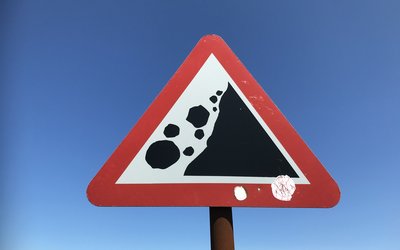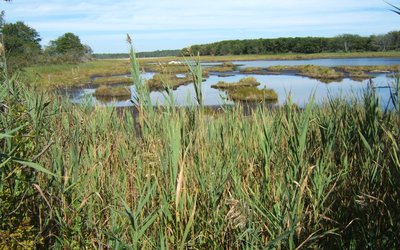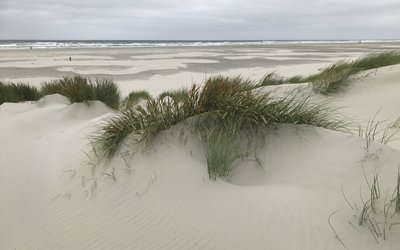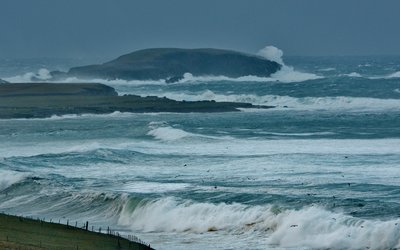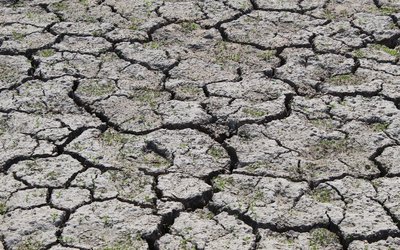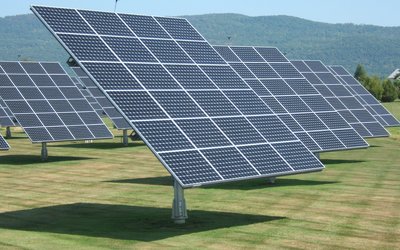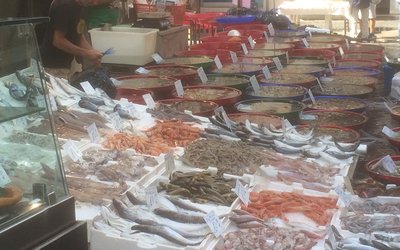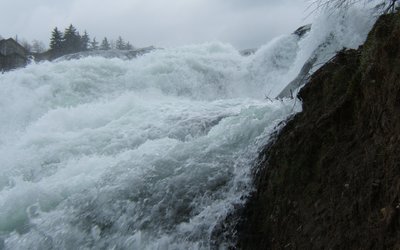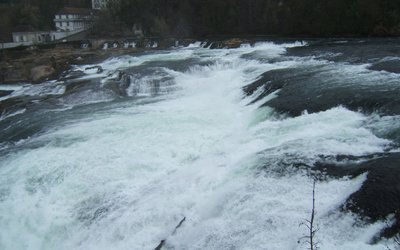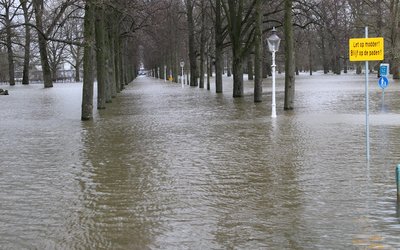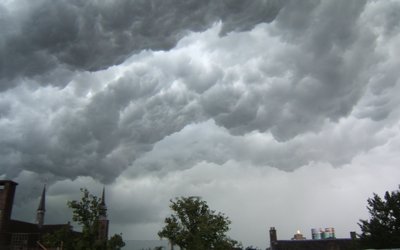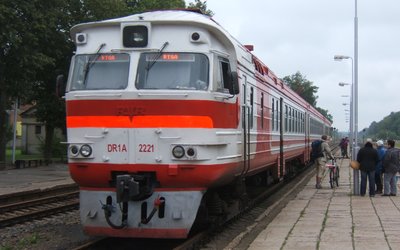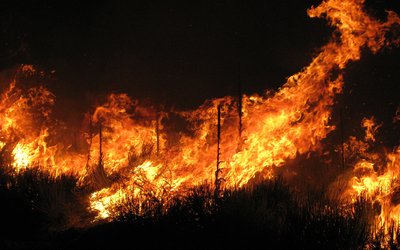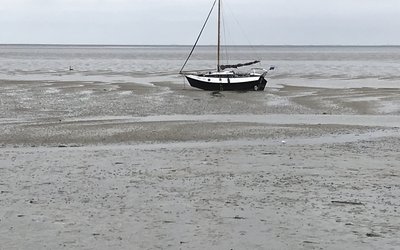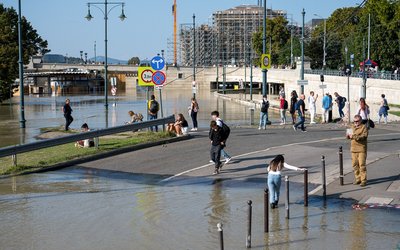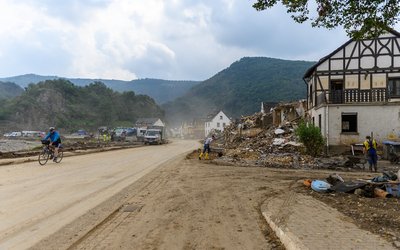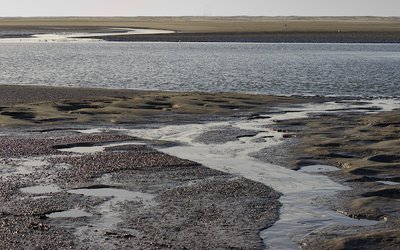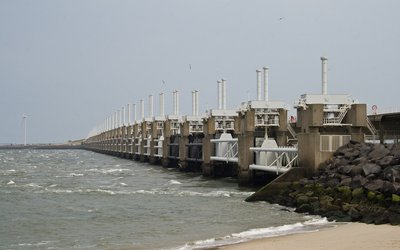Germany

Climate change
Heatwaves in northern Europe are increasingly similar to those in the south. All over Europe, since 1950, the frequency, duration and intensity of heatwaves have increased. In the last two decades, these changes were most dramatic for northwest and central Europe.
Climate articles about Germany
Related videos about Germany
Additional information about Germany
Additional information
Overview report on climate change in German
Weblogs in English and German
- KLIVO: the German Climate Preparedness Portal
- The official site of the federal German authorities on climate adaptation
- Climate change and consequences for water management in Baden-Wurttemberg and Bavaria: the KLIWA project
Weblogs in German
- National website on climate adaptation: KomPass Kompetenzzentrum Klimafolgen und Anpassung
- National website on climate change and climate protection in agriculture: Klimawandel und Klimaschutz im Agrarbereich
- Climate change atlas for Germany: Regionaler Klimaatatlas Deutschland
- Climate navigator - National Web portal on climate and environmental information in Germany: Klimanavigator
- Urban climate guide – Urban strategies to combat climate change: Stadtklimalotse


